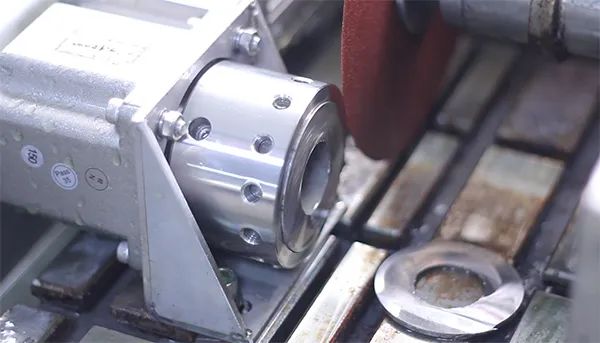LATEST NEWS
Press releases & Product news
Whether metallographic inspection is accurate or not, sampling is the first step!
2025-06-19

In metallographic analysis, sampling is the first step to determine the accuracy of the test results. If the sampling is not done properly, the subsequent sample preparation, observation and analysis may be in vain. How to ensure the scientificity and representativeness of the sampling? Remember the following 5 points!

1. Sampling location: precise positioning, locking key areas
The samples must be taken from typical areas that can reflect the true performance or failure characteristics of the material, such as:
Crack source area, defect area, key stress-bearing area (such as the contact surface of the bearing);
Avoid overheating areas, oxide layers or deformation layers caused by cutting, processing or environmental factors;
Flexible adjustment according to process characteristics:
Castings: surface, center, and edge must be sampled;
Welded parts: parent material, heat-affected zone, fusion line, and weld area are indispensable.
2. Sampling direction: select on demand to gain insight into the nature of the material
Select the section direction according to the purpose of the test:
Longitudinal section: observe the direction of grain deformation or fiber structure (such as rolled parts, forged parts);
Transverse section: analyze grain size, inclusion distribution or surface treatment layer (such as carburized layer, coating);
Normal section: study anisotropic materials (such as composite materials, 3D printed parts).
3. Sampling method: tailor-made to avoid damage
Different materials need to adopt appropriate cutting methods:
Hard materials (such as hardened steel): wire cutting or slow cutting is preferred;
Soft materials (such as copper and aluminum): avoid deformation caused by excessive extrusion;
Key principle: reduce heat accumulation and prevent tissue changes due to high temperature.
4. Sampling protection: details determine success or failure
Control mechanical stress during cutting to prevent sample deformation or cracking;
Clean immediately after cutting to remove oil and debris;
Easily oxidizable materials (such as magnesium alloys): need to be quickly prepared or sealed for storage.
5. Marking and recording: detailed marking, with evidence
Clearly mark the sample number, sampling location and direction (can use notches or labels);
Record sampling time, process conditions (such as heat treatment status) and test purpose;
Ensure data traceability to avoid subsequent confusion.
Metallographic sampling must follow the principle of "minimum damage, maximum representativeness", and flexibly adjust the method in combination with material properties and test objectives. Reasonable planning before sample preparation is the basis for obtaining accurate metallographic results. Follow us and we will help you unlock more metallographic tips.


